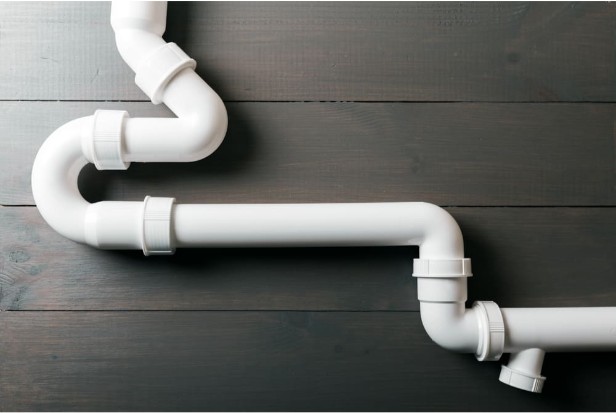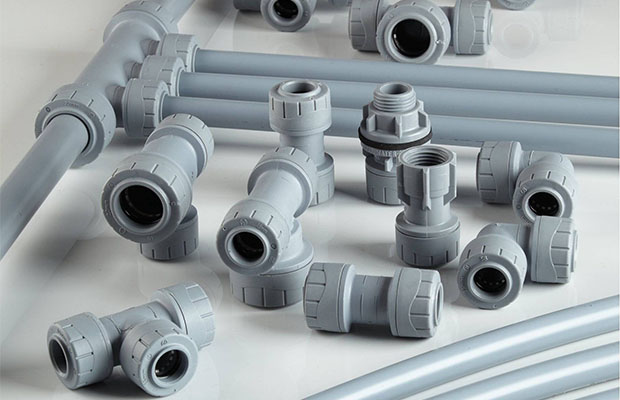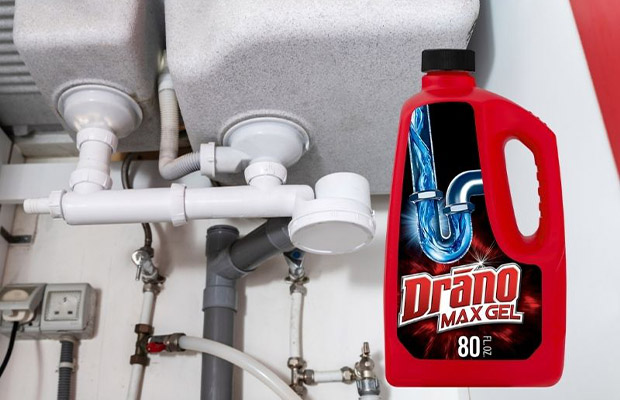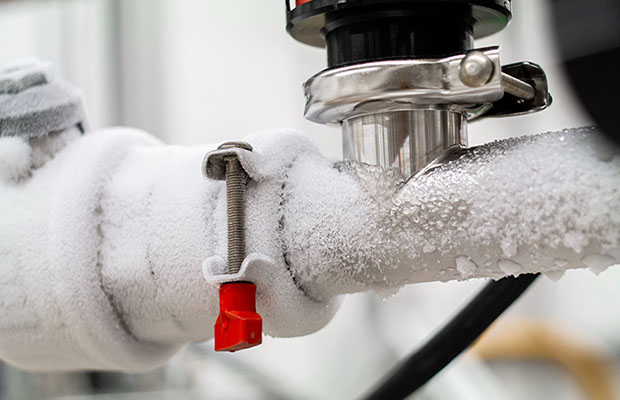
Every homeowner worries about their pipes freezing when the temperature drops to or below freezing.
Your pipes always contain a small amount of water, but when the temperature drops, the water freezes, blocking the pipes from being used. It goes without saying that your pipes have a higher risk of freezing in colder climates.
But at what temperature do pipes freeze? Your pipes are likely to freeze if the temperature drops to 32 degrees or less.
Continue reading to find out more about how to check for and prevent frozen pipes.
Table of Contents
At What Temperature Will Pipes Freeze?
Experts have carefully examined this challenging question. No easy solution exists. Even in unheated areas of the home like the attic or garage, indoor pipes are somewhat protected from outdoor temperature extremes. Water freezes at 32 degrees Fahrenheit. The pipes won’t necessarily reach those temperatures just because the outside temperature is 32 degrees.
In general, for pipes to freeze, the outside temperature must drop to 20 degrees or less. Modern homes typically have good insulation, and water pipes are placed inside the home for added security in northern climates where temperatures frequently drop below freezing. This isn’t always the situation in older homes. Hard freezes can be more problematic in southern climates because homes there were not designed to withstand cold temperatures.
The most vulnerable pipes are:
- Uninsulated pipes
- Pipes located on the outer walls of the home
- Pipes located in the attic, basement, unheated garage, and crawl space
- Pipes made of copper or galvanized steel
If you’ve previously experienced frozen pipes, you should assume your home is vulnerable. Ask a qualified plumber to inspect your pipes if you’re unsure of which pipes in your house are susceptible and at what temperatures. He or she might be able to identify the weak points in your house and advise you as to what temperatures to be concerned about. Pay close attention to the news and weather forecasts during the winter. If low temperatures are expected, local weathermen may mention it to homeowners.
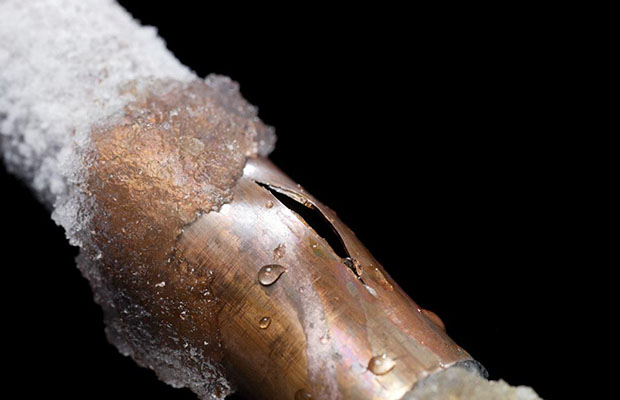
What Will Happen When Pipes Freeze?
Pipes can occasionally burst when they freeze because freezing causes water to expand. Depending on the location of the burst, how quickly the issue is discovered, and the amount of water leaking from the pipe, this could cause hundreds or even thousands of dollars in damage.
Pipes may not freeze in some situations, but the ice buildup inside them can make it difficult for unfrozen water to pass through, which is inconvenient.
If your pipes do freeze, we recently wrote a post about the best ways to unfreeze them.
How To Check For Frozen Pipes?
To begin with, how can you tell for sure if your pipes are frozen? Here are the four signs to look out for:
1. Bad smells from the faucet or drain
The only way the odor can leave if the pipe is frozen is to climb back up toward your house.
2. Little to no water coming from the pipe
The pipe leading to the faucet may be frozen if you turn on the water and there is only a tiny trickle or no water coming to out.
3. Frost on the exterior of the pipe
If there is any visible frost on the pipe, this could be a sign that it is about to freeze completely.
4. The temperature of the pipe
Your pipes could freeze if the temperature drops to 32 degrees or less.
Use Room Heat To Combat Frozen Pipes
If you have an emergency and can’t spend the day insulating your pipes, perhaps because of a significant overnight drop in temperature, you can also raise the ambient temperature in the room, whether it’s a garage, basement, or even your kitchen or bathroom. When it’s cold outside, it’s a good idea to leave cabinets open so that warm air from the house can enter and get as close as possible to your home’s pipes. A radiant heater, which costs approximately $30 to $60 at Walmart or Target, can also be added. This is a “safer” (no heating device is 100% safe) form of heat and even if it’s placed in a cold environment (like a drafty garage), the additional few degrees may be enough to make a difference (place the radiator near the area where the pipes are).
In our region, frozen pipes are frequent in the winter, so if the temperature drops below 32 degrees, you should check your pipes to make sure they can withstand the upcoming freezing temperatures.
Related Reading: How To Unfreeze Pipes?
How To Prevent Frozen Pipes?
Insulate pipes and water tanks – Insulate your home to save money, and keep you warm.
Keep your heating on – Don’t completely turn off the heat. In order to prevent your pipes from freezing, lower your thermostat’s setting.
Turn your taps on regularly – To avoid freezing, be sure to turn on and off your faucets daily.

